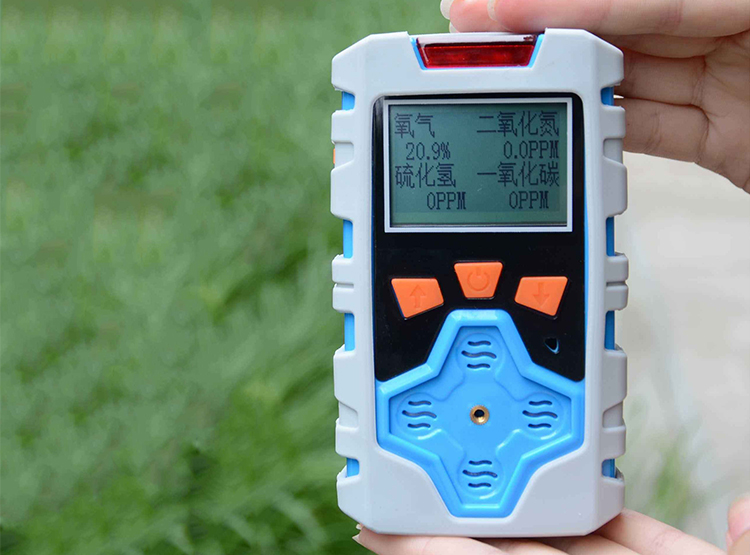By placing the instrument in the corresponding test gas of known concentration and comparing the detection result of the
gas detector with the gas concentration, the gas detector can be calibrated to understand the accuracy of the gas detector. For example, n-hexane burns and explodes when the VOL content is 1.1%. If a 10% alarm is set on the hexane detector, an alarm will be triggered when the hexane concentration reaches 0.1%. For catalytic combustion sensors, this concentration is very low. The alarm value of toxic gas is much lower than that of combustible gas. For chlorine, the threshold alarm value is only 0.5 ppm.
The difference between the measurement result of the recalibrated gas detector and the measured gas concentration is usually less than 10%, so the instrument can be used without calibration. For example, the ammonia gas detector detects 50 ppm standard ammonia gas. If the measurement result of the instrument is 46ppm, 46ppm is 50±10%X50, and the result is 45~55ppm, it can be considered that the detection accuracy of the ammonia detector can be certified without recalibration. I will. Similarly, if the detection result of this ammonia gas detector is 44ppm, it must be recalibrated before using this detector.

